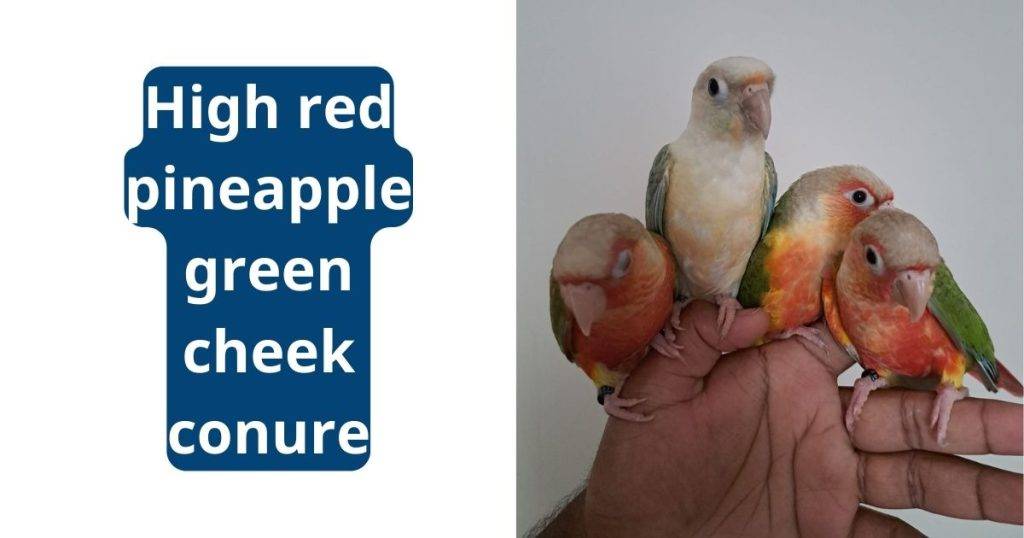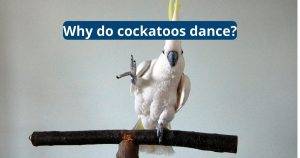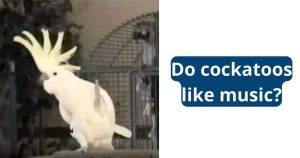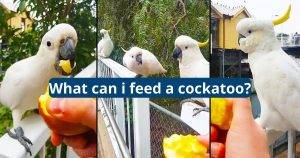High Red Pineapple Green Cheek Conure

Pineapple green cheek conures are intelligent, playful birds that have become popular as pets. They can be very entertaining, but they also require a lot of attention and care. They’re a hybrid of yellow-sided and cinnamon green cheek conures. They have a tan head and lime green back feathers like a yellow-sided conure and a reddish orange color around their lower beak and cere with a halo effect.
Size
Pineapple Green Cheeks are a good choice for first-time owners who want a bird that is intelligent and playful without being overly large or loud. These birds bond well with their owners and like to spend time outside of the cage. They will also enjoy daily routines, such as feeding and lights out time.
These beautiful birds are a hybrid of yellow-sided and cinnamon conures, and they have many of the physical attributes of those birds. They have tan-colored heads, yellow sides and tail feathers, and red feet and wings. They also have bright yellow and red feathers on their chests.
Pineapple Green Cheeks are smart birds that can learn many tricks. However, they are not great talkers because of their vocal limitations. These birds are often startled by loud noises, which can make them nervous in captivity. They will need to spend a lot of time with their owners to keep them happy and healthy. Providing a variety of different types of perches will help them to stay active and fit.

Habitat
Pineapple green cheek conures are a good choice for people with limited experience with pet birds, because they’re easy to train and playful. However, their comical personality and mischievous nature can quickly turn into behavioral problems if not managed properly.
These birds enjoy a variety of toys and interaction with their owners. They’re very curious and love to learn new tricks. They’re also very active, and need a lot of mental stimulation to stay happy and healthy in captivity.
Providing them with regular exercise, a diverse diet and frequent interaction will keep them from becoming bored or stressed out. This can lead to them picking at their feathers or chewing on their furniture, which can cause permanent damage to their health.
Like most parrots, pineapple green cheek conures are prone to several health conditions, including proventricular dilatation disease, psittacine beak and feather disease, and avian tracheal stenosis. Taking them to an avian vet regularly will help prevent these illnesses.

Feeding
Pineapple green cheek conures require a medium-sized cage. Choosing a cage that is at least 60 inches by 60 inches will ensure the bird has ample room to move and play throughout the day. It is important to cover the parrot’s habitat at night. This is necessary to help the bird sleep through the night, and it will also protect it from a number of predators that might otherwise get into the cage.
This type of parrot thrives in a household with plenty of human interaction. It needs to be fed frequently, and its diet should consist of a variety of fruits, vegetables, seeds, grains, and pelleted avian food. It is important to serve fresh foods daily and avoid table scraps that might make the bird sick or cause weight gain.
These birds are prone to a variety of health issues, including Psittacine Beak and Feather Disease, Proventicular Dilatation Disease, psittacosis, and beak malocclusions. Regular preventative veterinary care from an avian vet is essential.

Care
Pineapple green cheek conures are playful, intelligent and curious. They bond with their owners and thrive on interaction. Their fun antics, such as rolling on their backs to sleep or kissing their humans, make them charming companions. However, young pineapple green cheek conures can be biters and should be tamed with patience and training sessions that offer positive rewards.

They need daily flight time across a room and outside area (weather permitting) and plenty of playtime with their owners. A good variety of toys and a healthy diet is also important. Avoid market-made seed mixes as these have an imbalanced nutritional profile and excessive fat content; instead, a quality pellet feed is recommended.
Pineapple green cheek conures can live for two to three decades when cared for properly in captivity with a suitable cage, proper preventative veterinary care from an avian veterinarian and a well-balanced diet. They can suffer from a respiratory illness, called aspergillosis, which can be treated with antifungal medications.





